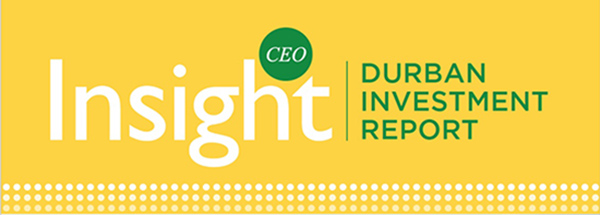The Crypto Finance Revolution
Share

The digitisation of value, driven by blockchain technology, could be the most transformative theme of the 21st century in finance. In addition to creating digital currencies, blockchain technology has many other uses. One of the most important is in the ownership of digital assets. Increasingly, blockchain technology is playing a role in the tracking and recording of ownership of physical assets such as documents, contracts, precious objects, and even real estate. Blockchain technology may be set to revolutionise future infrastructures, reinforcing the ‘chain of trust.’
Most in the financial sector understand concepts such as bitcoins and other cryptocurrencies. These concepts work on the blockchain technology – a digital, distributed transaction ledger with identical copies maintained all network members’ computers. All parties can review previous entries and record new ones. Transactions are grouped in blocks, recorded one after the other in a chain of blocks. The links between blocks and their content are protected by cryptography. This means that the ledger and the transaction network are trusted without a central authority – a middle man.
“Euro Exim Bank is one bank that has joined Ripple as part of its fintech strategy and to offer its clients technology innovation.”
The blockchain is helping the finance industry is several ways. One of the biggest problems the banking sector is facing is cross-border payments. An internal bank-to-bank money transfer can take up to 2-5 working days because of the number of middle men involved. The blockchain removes the need for middle men, so what might have been achieved in former days by making a dozen phone calls or participating in a dozen meetings and exchanging multiple pieces of paper can be achieved by a dozen secure and authenticated electronic record “blocks” being “chained” together to provide incontrovertible proof of contractual performance.
Trade finance is another area where blockchain technology is proving very useful. Again, there are numerous parties involved in trade finance that make the whole process slow and cumbersome. The various parties may not really trust each other, and the only way they can proceed is by getting in even more middlemen like banks and clearing houses. Now, the blockchain is being used to facilitate trade finance in a variety of ways by creating blockchain trade finance systems that combine all different stages of trade from production to delivery.
Now, cryptoassets combine new payments systems with new currencies not issued by a central bank. Examples of privately issued digital currencies include Bitcoin and XRP. The latter was created by US-based Ripple, which offers a real-time gross settlement system, currency exchange and remittance network. The main goal is to facilitate a system of direct asset transfers that are cheaper and more transparent and secure than the existing payment methods such as SWIFT payments.
XRP It has been adopted by banks and payment networks as settlement infrastructure technology. Ripple validates accounts and balances instantly for payment transmission and delivers payment notification within a few seconds. Ripple is used by banks to track information about a payment in real-time and without a counterparty in order to speed up the process of settlement. It offers a service is for payment providers and other financial institutions that want to minimise liquidity costs while improving the customer experience.
Euro Exim Bank is one bank that has joined Ripple as part of its fintech strategy and to offer its clients technology innovation. Euro Exim can now instantly communicate and settle cross-border payments with end-to-end visibility and tracking, all in record time. It also recently announced its participation in Ripple’s xRapid service. As payments into emerging markets often require pre-funded local currency accounts around the world, liquidity costs are high. xRapid dramatically lowers the capital requirements for liquidity, and the bank has successfully transacted its first real-time instructions.
Euro Exim is an innovative global financial institution with its head offices in St. Lucia and representative offices in London. It serves corporate clients and import businesses around the globe, facilitating issuance and relay of trade finance instructions. Trade finance services are Euro Exim’s main products. It specialises in connecting corporate traders through the creation and remittance of letters of credit, standby letters of credit, bank guarantees and performance bonds.
Elsewhere, JP Morgan in February became the first US bank to create and successfully test a digital coin representing a fiat currency. The JPM Coin is based on blockchain-based technology enabling the instantaneous transfer of payments between institutional accounts. JP Morgan is planning to expand an existing blockchain project to include settlement features as it seeks to fend off competition from payments companies such as Ripple. JP Morgan has now built-in a feature that allows for real-time verification that a transaction is being sent to a valid account.
In 2019, we’ve seen enterprises move further into the blockchain space. GM has announced a partnership with blockchain start-up Spring Labs to develop solutions for identity verification and protection. IBM has announced that it will partner with several organizations to offer an IoT/ blockchain solution for groundwater management in an area of California susceptible to droughts. Considers the trend in blockchain adoption and development, the surge in crypto tech could revolutionise the international economy.



































